In the global journey toward agricultural innovation and economic sustainability, certain fruits have emerged not just as food items, but as symbols of agrarian transformation and commercial success. Among them, dragon fruit (pitaya) and mangoes stand out for their fascinating growth stories—blending tradition, science, and market-driven evolution.
While mangoes have long held cultural and economic significance in the tropics, dragon fruit is a relatively new entrant that has quickly captured global attention due to its exotic appearance, high market value, and health benefits. Both fruits offer unique case studies of how strategic cultivation, technological advancement, and export-led focus can turn humble farms into multi-million dollar success stories.
This article explores the inspiring rise of dragon fruit and mangoes as agricultural success stories across various nations, analyzing their cultivation practices, market dynamics, innovations, and economic impact.
1. Mangoes: A Legacy of Flavor and Fortune
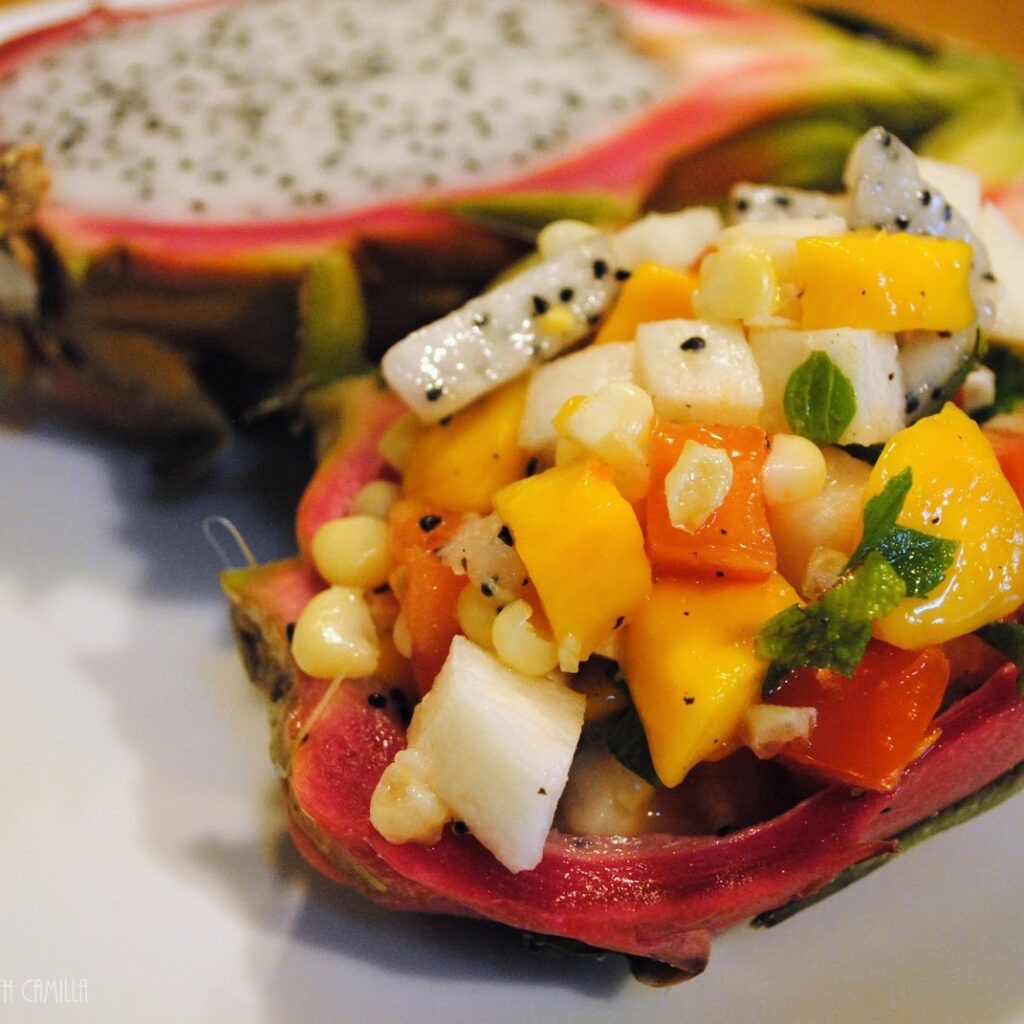
Historical Significance
Mangoes (Mangifera indica) have been cultivated for over 4,000 years, primarily in South Asia. Revered as the “king of fruits,” mangoes are deeply embedded in the culinary, religious, and economic fabric of countries like India, Pakistan, Bangladesh, and Thailand.
Global Production

Mangoes are grown in more than 100 countries, but the top five producers are:
| Country | Production Volume (MT, 2023) | Notable Varieties |
|---|---|---|
| India | 25 million | Alphonso, Kesar, Dussehri |
| China | 5 million | Tainong, Jinhuang |
| Indonesia | 3.5 million | Arumanis |
| Pakistan | 2.3 million | Sindhri, Chaunsa |
| Mexico | 2 million | Ataulfo, Tommy Atkins |
India’s Mango Export Success
India’s mango industry has grown from domestic dominance to a strong global export force. Key drivers include:
- Varietal Branding: Alphonso mangoes are globally marketed as a premium luxury fruit.
- Irradiation & Vapor Heat Treatment (VHT): These technologies meet phytosanitary standards for export to the U.S., Japan, and the EU.
- Mango Festivals & Diplomacy: Used in India’s soft-power strategy, mango gifting has elevated international awareness and demand.
Export Statistics (2023):
- Mango exports: ~$370 million
- Top markets: UAE, UK, Saudi Arabia, USA, Qatar
Innovation in Mango Farming

- Ultra-High Density Plantation (UHDP): Enables up to 1,600 trees per hectare vs. 100–150 in traditional systems, boosting yield and revenue.
- Drip Irrigation & Mulching: Reduces water usage and maintains soil health.
- Integrated Pest Management (IPM): Controls mango hoppers and mealybugs without excessive pesticide use.
Economic Impact
Mango cultivation provides income to millions of farmers in India, Pakistan, and Mexico. The industry supports:
- Employment: From farm labor to transport, processing, and marketing.
- Processing Sector: Mango pulp, juice, pickles, and dried slices add value and shelf life.
- Export Incentives: Governments provide subsidies, storage infrastructure, and marketing support to boost foreign trade.
2. Dragon Fruit: A Rising Star in Modern Agribusiness
What is Dragon Fruit?
Dragon fruit (Hylocereus spp.), native to Central America, belongs to the cactus family. It has gained immense popularity for its exotic look, mildly sweet taste, low calories, and rich antioxidant profile.
There are three main varieties:
- White flesh with pink skin (Hylocereus undatus)
- Red flesh with pink skin (Hylocereus costaricensis)
- Yellow skin with white flesh (Hylocereus megalanthus)
Global Expansion
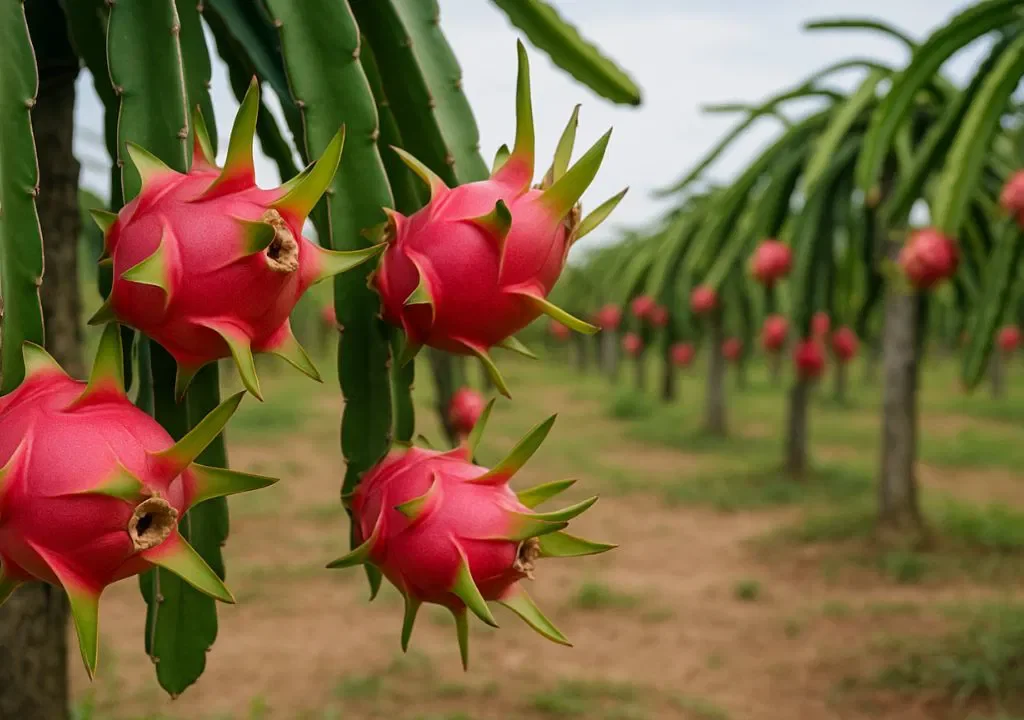
Once grown mainly in Vietnam and Mexico, dragon fruit is now cultivated across Asia, Africa, and even Australia.
| Country | Expansion Highlights |
|---|---|
| Vietnam | World’s largest exporter, modern trellising systems |
| India | Recent boom, especially in Gujarat, Maharashtra, Karnataka |
| Thailand | Growing demand in tourism and health markets |
| Israel | High-tech greenhouses for export-quality fruit |
India’s Dragon Fruit Revolution
India began cultivating dragon fruit around 2010, but it gained widespread attention post-2015. The Government of India even renamed it as “Kamalam” to give it a local identity.
Key Growth Factors:
- Climate Adaptability: Suitable for semi-arid, arid, and even coastal areas.
- Low Water Requirement: Perfect for regions facing water stress.
- High Returns: Average yield of 10–12 tons/ha with profit margins exceeding ₹5 lakh/ha (~$6,000/ha).
- Subsidy Support: National Horticulture Board (NHB) offers financial aid for plantations and cold storage.
Dragon Fruit Export Potential
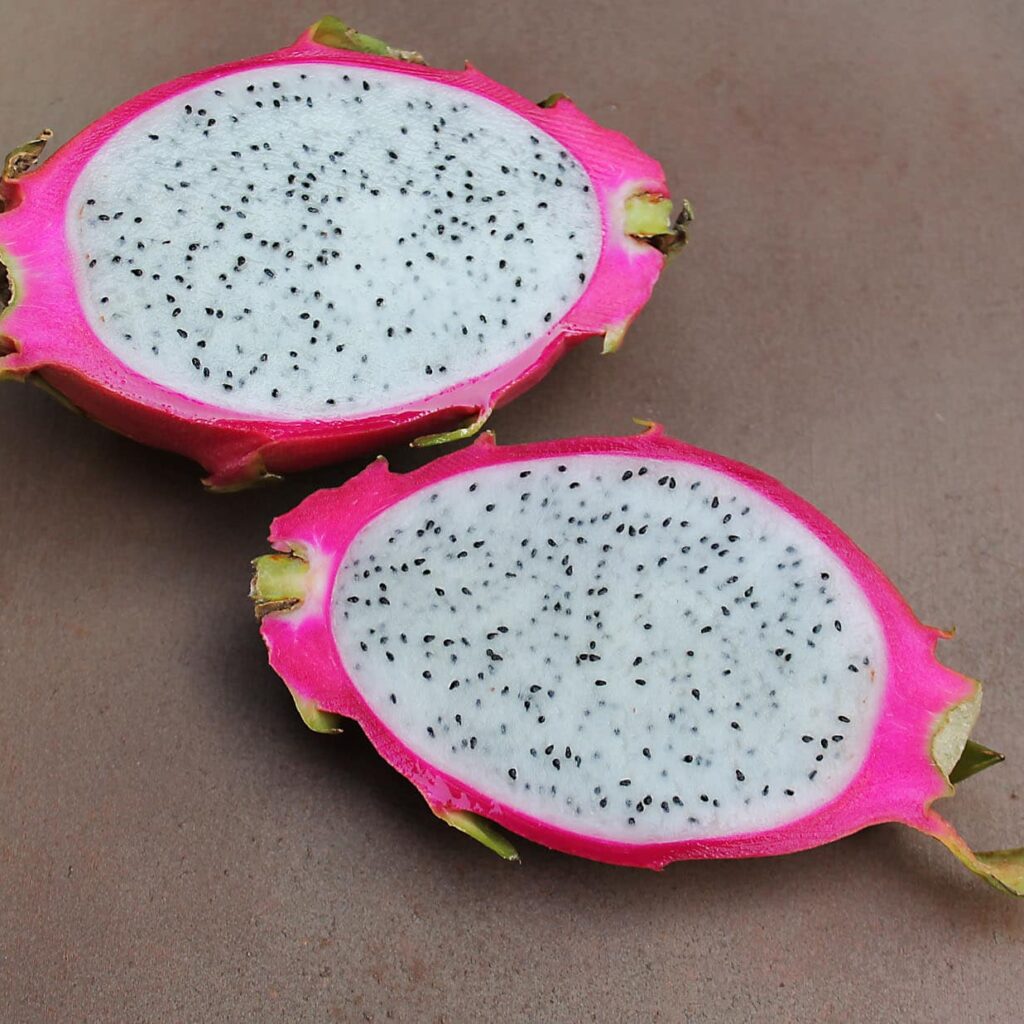
Though India is new to this market, dragon fruit has massive export promise due to its:
- Long shelf life (2–3 weeks)
- High visual appeal
- Rising health-conscious consumer base worldwide
Vietnam currently dominates exports, shipping to China, the USA, and Europe. India has started exporting to the Middle East and is exploring entry into European markets.
Technology & Innovation
- Trellis Farming: Vertical pole structures allow better fruiting, sunlight exposure, and harvesting ease.
- Night Pollination: Since dragon fruit flowers bloom at night, artificial lighting and manual pollination are practiced.
- Intercropping Models: Farmers combine dragon fruit with legumes or medicinal herbs to optimize land use.
Success Story: Gujarat’s Dragon Fruit Boom
In the Kutch region of Gujarat, once known for its dry landscape, dragon fruit has transformed the economic prospects of farmers. Supported by:
- Desert-adapted cultivation techniques
- Micro-irrigation systems
- Agro-tourism integration
Farmers have turned barren land into thriving orchards, with some earning up to ₹10 lakh per hectare annually (~$12,000).
Comparison: Dragon Fruit vs. Mango
| Criteria | Mango | Dragon Fruit |
|---|---|---|
| Historical Presence | Ancient, traditional | New, emerging crop |
| Growing Countries | 100+ | 30+ |
| Harvest Period | Seasonal (3–4 months) | Multiple harvests/year |
| Shelf Life | 5–7 days (fresh) | 15–20 days |
| Export Maturity | Mature market | Emerging potential |
| Water Need | Moderate–High | Low |
| Per Hectare Return | ₹3–4 lakh ($3.5–5k) | ₹5–10 lakh ($6–12k) |
Challenges & Sustainability
Both crops, despite their success, face certain challenges:
Mango Challenges:
- Alternate bearing (year-on-year inconsistency)
- High perishability
- Export restrictions due to quarantine pests
Dragon Fruit Challenges:
- Market saturation risk in some regions
- Labor-intensive manual pollination
- Limited awareness and consumer familiarity in domestic markets
Sustainability Practices:
- Promotion of organic mango and dragon fruit farming
- Zero-residue farming for export markets
- Water-saving drip systems
- Use of renewable energy for cold storage and processing
Conclusion
The success stories of mangoes and dragon fruit reflect the powerful potential of strategic agricultural planning, market linkage, and technological support. While mangoes symbolize heritage, flavor, and global recognition, dragon fruit represents innovation, health, and the future of smart farming.
Together, they highlight how both traditional and new-age crops can coexist and thrive, fueling agricultural transformation, enriching farmer livelihoods, and feeding growing global markets.
In a world challenged by climate change and food insecurity, such case studies prove that with the right vision and support, fruit farming can be both profitable and sustainable.

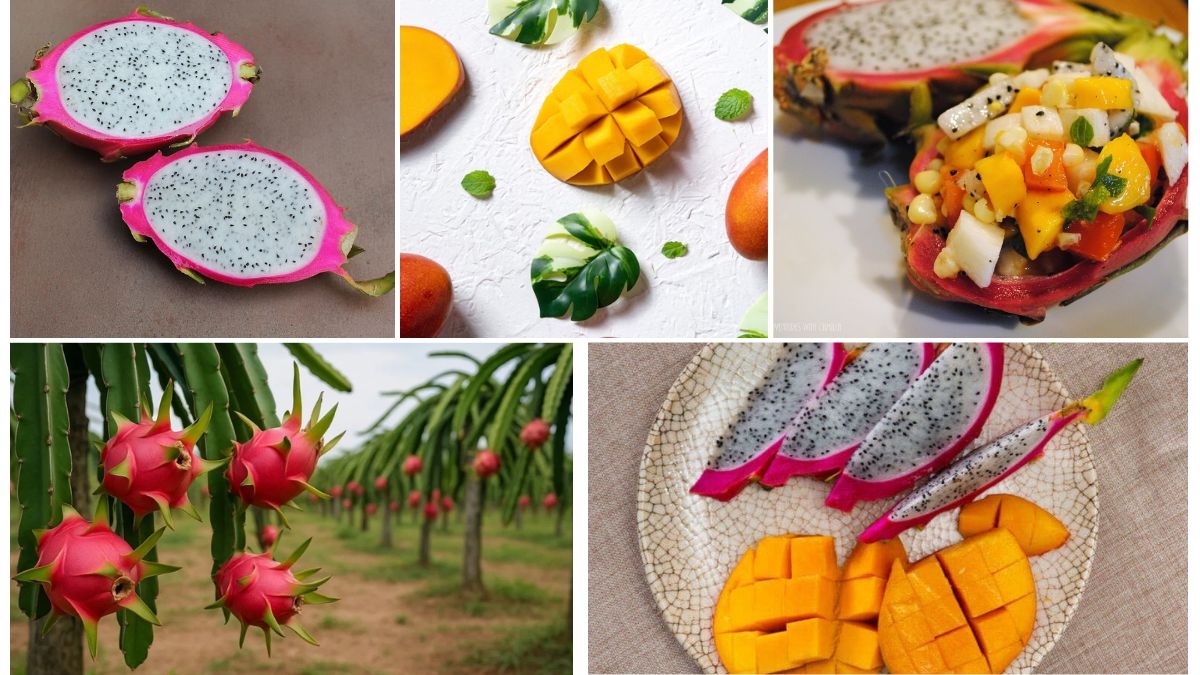
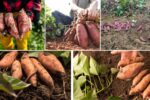



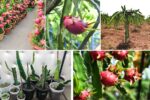
Leave A Comment